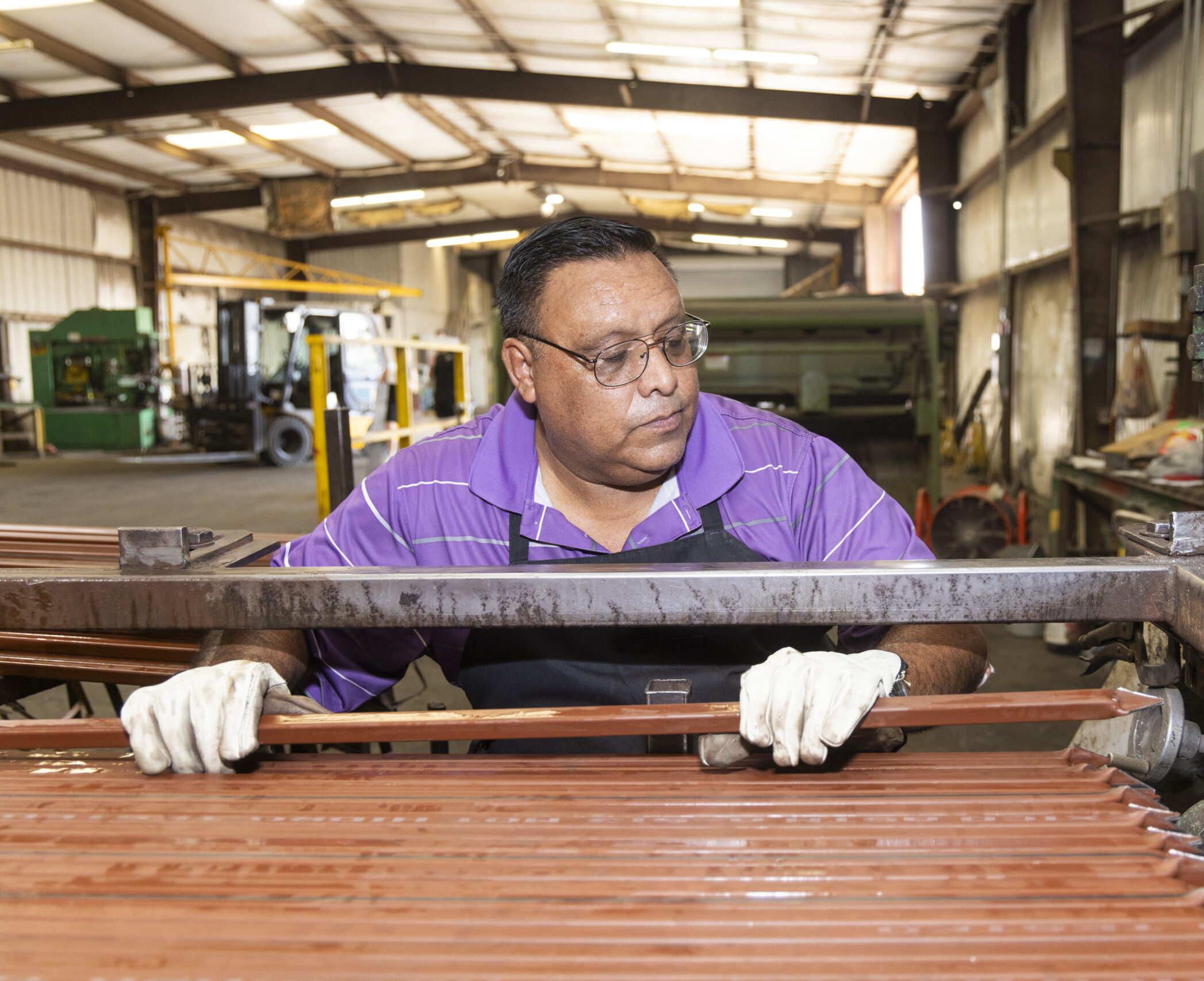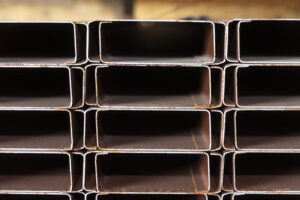The Future of Steel Manufacturing: Trends to Watch in 2026

The steel industry is the building block of our cities and transport networks, and powers many of the electronics we use every day. The World Steel Association states that the world produces enough steel in a year to equal 214 kg (471 lbs) for every person on the planet. That’s a lot of steel!
Politics and technological advancements have a significant impact on the global steel sector, and they affect how we produce steel and distribute it in the world. Top-level changes in the industry can lead to trends that eventually trickle down to contractors and steel hobbyists. Here are the top steel industry trends our experts predict for 2026.
Calls for More Green Steel Production
Steelmaking is energy-intensive. It’s a traditional process that pumps considerable CO2 into the air. Despite this, the world is (and may always be) reliant on steel. As the demand for steel increases, we need an eco-friendly option. And that’s where “green steel” comes into play.
What is Green Steel?
Green steel is produced without the use of fossil fuels. (It’s not actually green-colored steel, to be clear.) In this manufacturing process, steelmakers use hydrogen instead of coal to process iron ore. The hydrogen starts a chemical reaction with the iron that releases only water vapor as a byproduct, making it far more eco-friendly than melting iron in a blast furnace.
Once the iron ore has been reduced using hydrogen, it goes into an electric arc furnace (EAF). These furnaces are powered by electricity — electricity that is, ideally, converted from solar power.
Steel Recycling on the Rise
The use of electric arc furnaces in steel production has created another trend: an increased demand for scrap steel. Unlike traditional furnaces, EAFs can process raw materials containing up to 100% scrap steel. That means we can now make steel products exclusively from recycled metal.
Impact on the Market
The value of the scrap metal market is only going to increase. Soon we’ll be seeing more recycled steel parts in the automotive industry and in construction as structural beams and rebar, helping lower both costs and emissions.
A Shift Toward Local Steel Production
Steel is one of the biggest commodities, and the steel trade is highly susceptible to geopolitical changes. The current economic tensions between the U.S. and major steel producers like China, India, and Japan will likely continue to disrupt the steel supply chain in 2026. These disruptions will, over time, lead to an increase in the volume of U.S.-made steel products.
More Steel in Residential Buildings
Steel, once reserved for warehouses and industrial spaces, is becoming a trendy construction material for residential complexes. More and more, we’re seeing architects and contractors recommend steel for homes. We anticipate this trend to continue into 2026.
Why Steel Homes Are on the Rise
Urban areas are constantly expanding, bringing new apartment buildings and condominiums with them. Apart from these classic building types, which have always been good business for the steel industry, we’re also seeing steel frames in unconventional places. Barndominiums, for example, combine agricultural architecture with open-concept living.
Modular Construction and Prefabricated Steel Buildings
The Rise of Prefab Efficiency
Modular construction involves erecting a building from pre-made (prefabricated) parts instead of individual framing elements like beams and posts. Building this way takes much less time and energy. Ongoing labor shortages in the construction industry are making modular construction a more popular choice for builders with a tight budget and time schedule.
Future Outlook
Prefabricated steel buildings can be used as single-family homes or multi-unit dwellings. They also work as commercial structures and are ideal for emergency housing and long-term living solutions. Many research firms predict strong market growth for prefab steel structures in the U.S. over the coming years. This reflects the global trend towards more efficient construction methods.
AI Enters the Steel Industry
Like many industries, steel production is undergoing an AI-powered transformation. In 2026, artificial intelligence will be shaking up traditional steelmaking to increase efficiency across the board.
How AI Transforms Steelmaking
The uses for AI in the steel industry are numerous, including:
- Improve quality control by detecting flaws early
- Optimize fuel consumption and furnace temperatures
- Track and analyze raw material flows through the supply chain
These innovations save money for steel producers, which translates to lower steel prices for the final buyer. As AI becomes more prominent in the steel industry, you can also expect higher-quality construction driven by predictive maintenance and powered by the Internet of Things (IoT).
Take on 2026 With Eagle Steel as Your Supplier
Eagle National Steel helps you stay ahead of global steel trends with high-quality metal products sourced from the best suppliers. We keep our pricing competitive and make transparent communication our priority for a pleasant customer experience from start to finish. Visit our steel yard in Hutchins, TX, to explore our diverse range or contact us to find a specific product.



